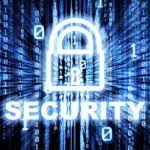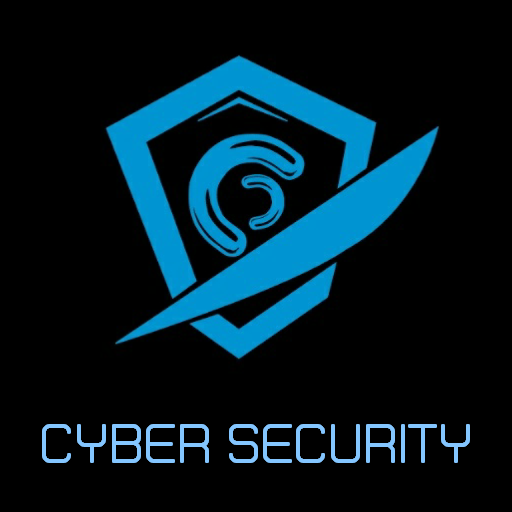Blog RSS Feed Fortra Blog
- What Is Log Management and Why you Need itby Anirudh Chand on November 24, 2025 at 6:00 am
It is arguable that log management forms the basis of modern cybersecurity. Without the detailed access logs provided by internal security tools and systems, organizations would lack the data they needed to make crucial cybersecurity decisions. This blog will review what log management is, the basics of the log management process, and why an enterprise-level log management solution is now par for the course when it comes to modern cybersecurity. What Is Log Management? Log management is the process of collecting, storing, analyzing, and utilizing the data produced by various systems and…
- What Did We Learn from the NCSC’s 2025 Annual Review?by Josh Breaker-Rolfe on November 21, 2025 at 11:47 am
Earlier this year, the UK’s National Cyber Security Centre (NCSC) released its annual review for 2025. The report reveals the troubling reality of the modern threat landscape and, crucially, how the NCSC recommends organizations and the wider security ecosystem shield themselves from it. Let’s dive in. Incident Frequency Has Stagnated, Incident Severity Has Skyrocketed The number of incidents for which the NCSC provided support has remained largely unchanged. The severity of those incidents, however, has skyrocketed. The NCSC sorts all incidents into one of three categories: Category 1…
- The Hidden Cost of Oversharing: How Your Social Posts Fuel Doxxing Campaignsby Kirsten Doyle on November 20, 2025 at 6:00 am
Many don’t question what they share online. Others think, what could possibly happen? The answer: “plenty.” We all leave traces. A birthday photo here, a check-in there, a proud post about a promotion. None of it seems dangerous on its own, but online, fragments add up. Each click, tag, or comment starts to paint a fuller picture: one more detailed than most of us know, or would like. Throw in a few leaked datasets, an exposed broker record, and a social media trail, and anyone with time and patience can patch together a surprisingly accurate profile. That’s how doxxing, or the gathering and…
- The UK’s Four-Step Framework for Supply Chain Resilienceby Josh Breaker-Rolfe on November 13, 2025 at 6:00 am
Ransomware attacks can ripple through supply chains, causing serious disruption and massive financial consequences for multiple businesses in one fell swoop. As such, CISOs are spending more time considering how to keep operations secure as ecosystems span across dozens, if not hundreds, of vendors, contractors, and digital dependencies. With this in mind, the UK government has released a strategic framework to help organizations secure their supply chains. Let’s explore that guidance. Step 1: Understand why supply chain security is important Your security is only as strong as the weakest…
- Security vs. Compliance: What’s the Difference?by Anthony Israel-Davis on November 6, 2025 at 6:00 am
Security and compliance—a phrase often uttered in the same breath as if they are two sides of the same coin, two members of the same team, or two great tastes that go great together. The truth is, they can be. But it takes some effort. How can security and compliance teams work together to create a winning alliance, protect data, develop according to modern practices, and still pass an audit? This blog will give you a start. A Real-World Scenario of Compliance and Security Living Two Separate Lives As much as I would like to see auditors, developers, and security analysts living in harmony…
- Continuous PCI DSS Compliance with File Integrity Monitoringby Guest Authors on October 28, 2025 at 3:13 pm
PCI DSS compliance is often seen as a one-off task, that is, you do the audit, implement controls, and then move on. But then there comes the problem – systems aren’t static, meaning that files, scripts, and configurations change constantly, and even small untracked changes can create gaps that lead to non-compliance or security issues. This is where File Integrity Monitoring (FIM) comes in. It tracks critical files, system binaries, scripts, and configs in real time, alerting when anything changes unexpectedly. For PCI DSS, this is exactly what’s required, from preventing unauthorized changes…
- Are We Failing to Secure Files? Attackers Aren’t Failing to Checkby Chris Hudson on October 22, 2025 at 5:30 am
According to a new Ponemon study, weak file protections now account for several cybersecurity incidents a year for many organizations. Unsafe file-sharing practices, malicious vendor files, weak access controls, and obscured file activity are largely to blame. File Integrity Monitoring (FIM) could be the solution. Are Files Safe in Transit? More Than Half Unsure You know something’s wrong when more people feel better about downloading files from unknown sources than they do about file uploads or transfers. Over 50% were unsure if files sent via email, transferred via third parties, or…
- Beyond VDI: Security Patterns for BYOD and Contractors in 2025by Guest Authors on October 14, 2025 at 5:30 am
Remote work is no longer a contingency – it’s the operating norm. Yet the security posture for that work often leans on virtual desktops as a default, even when the workforce is dominated by bring‑your‑own‑device (BYOD) users and short‑term contractors. Virtual desktop infrastructure (VDI) can centralize risk, but it can also centralize failure, expand the admin plane, and add latency that users will work around. This piece examines when VDI stops being the safest choice and what to use instead. I’ll compare concrete control patterns, such as secure local enclaves, strong identity guardrails…
- Vulnerability Management and Patch Management: How They Work Togetherby Katrina Thompson on October 6, 2025 at 8:02 am
Vulnerability management and patch management are often spoken of in the same breath. Yet they are not the same. Each serves a distinct purpose, and knowing the difference is more than a matter of semantics; it’s a matter of security. Confuse them, and gaps appear. Leave those gaps, and attackers will find them. To build a strong defense, you need to see how these two processes fit together. One scans the horizon for weaknesses. The other arms you with fixes. Both are vital, but neither can do the other’s job. Let’s take a closer look at what they mean, how they differ, and how they work in…
- Understanding the OWASP AI Maturity Assessmentby Josh Breaker-Rolfe on September 29, 2025 at 3:33 pm
Today, almost all organizations use AI in some way. But while it creates invaluable opportunities for innovation and efficiency, it also carries serious risks. Mitigating these risks and ensuring responsible AI adoption relies on mature AI models, guided by governance frameworks. The OWASP AI Maturity Assessment Model (AIMA) is one of the most practical. In this article, we’ll explore what it is, how it compares to other frameworks, and how organizations can use it to assess their AI maturity. What is the OWASP AI Maturity Assessment Model? The OWASP AI Maturity Assessment Model is a…








